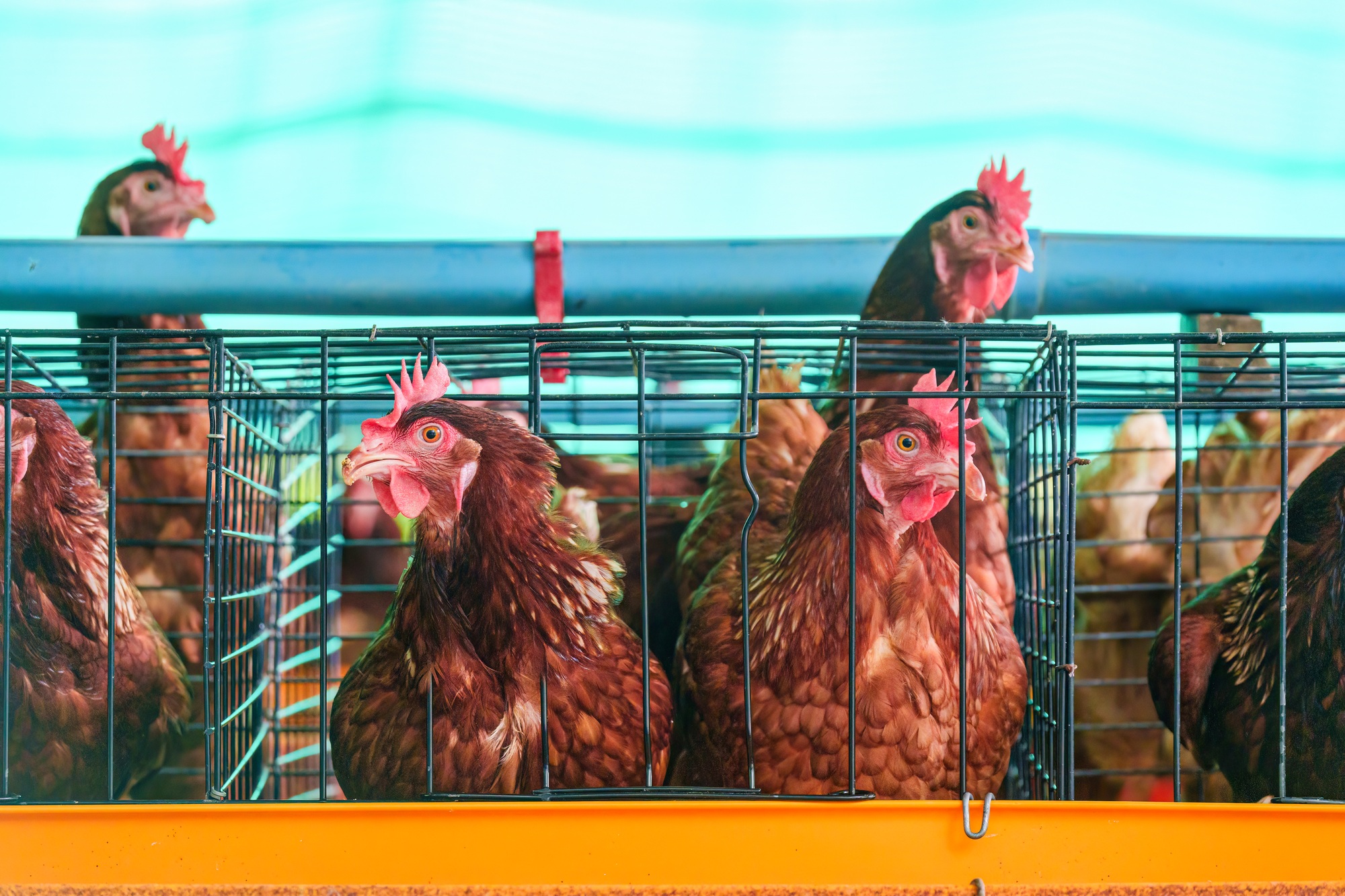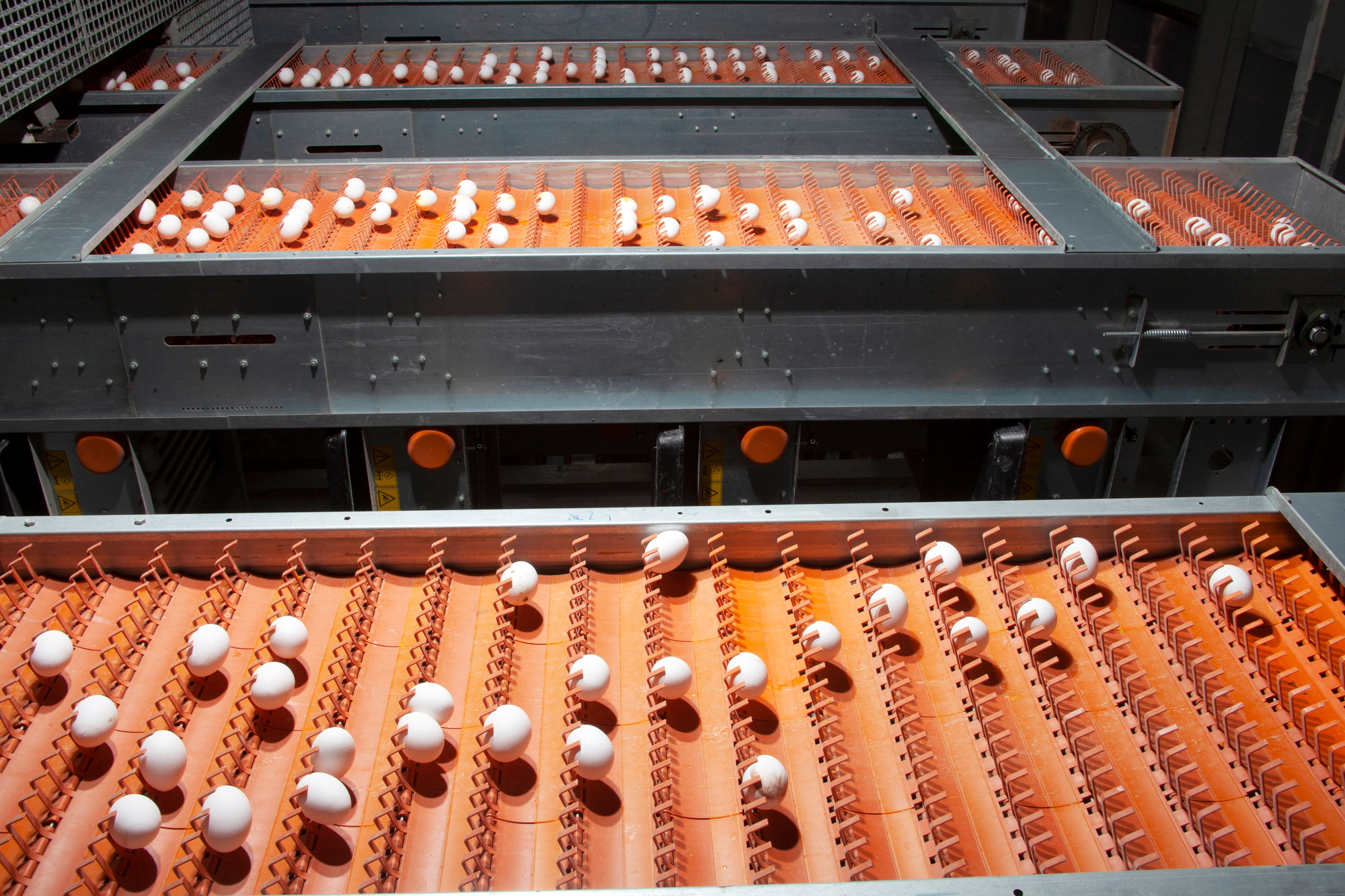In the ever-evolving landscape of agricultural and biological advancements, identifying fertile eggs has emerged as a crucial component in optimizing hatch rates.
The fusion of technology and biology offers unprecedented opportunities for scholars, farmers, and networks involved in poultry and animal husbandry. Laser life technology is at the forefront of these developments, promising innovative methods to detect fertility, improve incubation processes, and ultimately, enhance the productivity of hatcheries worldwide.
With this article, we aim to unravel the intricacies of this cutting-edge technology, exploring its potential to revolutionize the industry.
The Science Behind Fertility Detection Using Laser Technology
The question of how to effectively determine the fertility of an egg has intrigued scholars and scientists for decades. In recent years, neural networks and convolutional neural networks (CNN) have played a significant role in making this task feasible with greater accuracy.
Understanding the Basics
Laser life technology (more information on Ecat-iD website) leverages the principles of hyperspectral imaging and machine learning to identify fertile eggs. By capturing images across various spectrums, this technology analyzes the unique signatures that distinguish fertile eggs from non-fertile counterparts.
Neural Networks at Work
The integration of neural networks with hyperspectral imaging brings a level of sophistication previously unimaginable. These models are trained on extensive datasets to recognize patterns that humans might overlook. Through machine learning, they learn and improve their detection abilities over time, enhancing both precision and efficiency.

Benefits of This Approach
- Increased Efficiency: The automated nature of this method reduces manual labor and error.
- Higher Accuracy: By relying on machine learning models, the detection process becomes more accurate.
- Cost-Effectiveness: Over time, the reduction in errors and increased hatch success can significantly cut costs for farmers and hatcheries.
The fusion of hyperspectral imaging with CNN models represents a monumental leap forward, paving the way for more reliable and efficient fertility detection methods.
Harnessing Data: The Power of Image Analysis in Egg Fertility
In a world dominated by data, the potential to enhance fertility detection through image analysis is staggering. Google Scholar itself boasts millions of papers dedicated to the field of machine learning, underscoring its significance.
The Role of Datasets
High-quality datasets are the backbone of any successful machine learning model. They provide the necessary information for the model to understand variance and nuances in the data. In the context of fertility detection, these datasets include images of both fertile and unfertile eggs, captured at various stages of incubation.
Image Processing and Analysis
Once we obtain datasets, image analysis becomes the focal point. The model processes thousands of images daily, identifying patterns that signify fertility. This process does not only involve surface-level analysis but dives deep into the microscopic features of the egg, which are invisible to the naked eye.
Model Optimization
Continuous model training ensures that the system remains up-to-date with new data, adapting to variations and improving its accuracy. This optimization process is essential for maintaining high levels of accuracy and efficiency.
The role of data and image analysis in modern fertility detection cannot be overstated. By harnessing these tools, we’ve moved from guesswork to precision, ensuring that every egg’s potential is maximized.
Optimizing Incubation Techniques with Modern Methods
The journey from egg to hatchling is delicate, often requiring precise control over environmental conditions. Modern methods, fueled by technological advancements, promise to optimize incubation processes like never before.
The Incubation Environment
Creating the ideal environment involves controlling humidity, temperature, and ventilation. Traditional methods relied heavily on manual adjustments, but laser life technology offers a more automated approach, ensuring consistent conditions conducive to successful hatching.
Incubation Technology Integration
Integrating technology into the incubation process involves using sensors and data analytics to monitor changes in real time. This allows for immediate adjustments, significantly reducing the risk of human error or oversight.
Innovative Methods
- Hyperspectral Analysis: Employed to monitor the changes within the egg throughout the incubation period.
- AI-driven Controls: Automated systems utilizing AI can predict deviations and correct them before they impact fertility.
By adopting modern incubation techniques, hatcheries can ensure higher success rates, paving the way for a more sustainable and productive industry.
A New Era of Fertility Detection: Embracing the Future
As we look towards the future, embracing laser life technology heralds a new era in fertility detection and hatch rate optimization. The fusion of science and technology brings a systematic approach to what was once a highly variable process.
The Future of Fertility Detection
This technology’s ability to adapt and evolve is its most significant advantage. As more data becomes available, machine learning models will continue to refine their processes, achieving even greater levels of accuracy and efficiency.
The Wider Implications
The broader implications of this technology extend beyond poultry to other domains such as IVF in humans, promising advancements in fertility treatments and outcomes.
Empowering Farmers and Hatcheries
For hatcheries and farmers, this innovation means enhanced productivity and profitability. By reducing uncertainties and maximizing every egg’s potential, the industry can meet growing demands sustainably.
With laser life technology leading the way, a more efficient, effective future for fertility detection and hatch rates is well within reach. Embracing this change is not just advantageous; it is essential for the continued success and sustainability of the industry.

